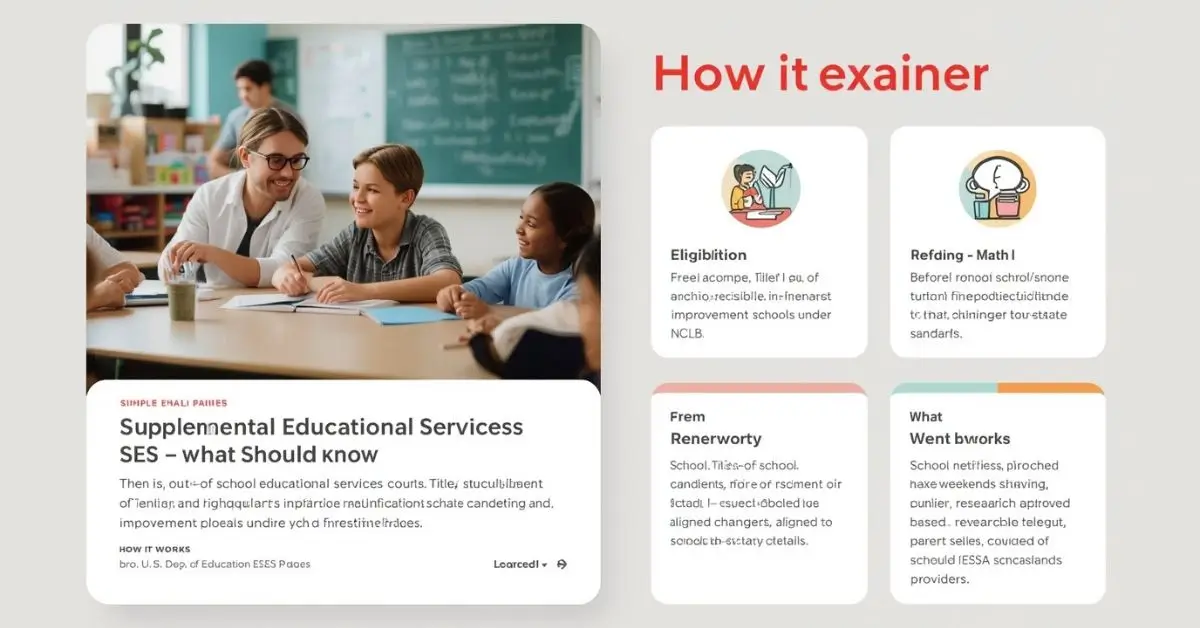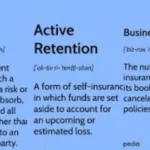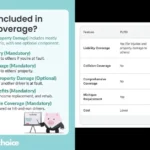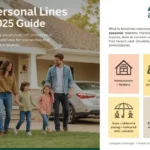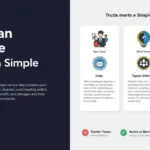If you’re trying to decode what is supplemental educational services, you probably want a straight answer you can use today. In short: SES began under No Child Left Behind (2001) to fund free tutoring for eligible students after school.
Early federal data showed only ~14–15% of eligible students enrolled, even though states and districts had to reserve Title I dollars to run it, facts documented by the U.S. Department of Education. So let’s define what is supplemental educational services in plain English and show how it works now, who qualifies, and what actually moves the needle.
Quick Answer:
In the U.S., the answer to “what is supplemental educational services” is: state-approved, after-school tutoring for eligible Title I students, historically funded by up to 20% of a district’s Title I set-aside, with strongest gains after about 40 hours of instruction. It’s designed to close learning gaps outside the regular school day through vetted providers parents can choose.
What You’ll Learn (at a glance)
- Definition & purpose of SES in one paragraph
- Eligibility and parent steps in a checklist
- Provider quality signals that predict results
- Funding and compliance basics schools must meet
- Effectiveness: why 40 hours is a key threshold
- FAQs for quick decision support
What Is SES? (Definition and Purpose)
Purpose: Give you a clear, working definition you can apply right away.
Summary: SES equals free, targeted tutoring delivered outside school hours for eligible students in Title I schools that have struggled to meet standards.
Definition:
Supplemental Educational Services are state-approved tutoring programs aligned to standards, delivered after school, to help eligible students catch up in reading, math, and more.
People ask “what is supplemental educational services” when they need a simple, legal-and-practical definition in one place.
Key traits
- After-school and standards-aligned
- Approved providers (nonprofit, company, school, faith-based)
- Parent choice among a state list
- Written learning plan and progress reports
Who Is Eligible and How Do Families Enroll?

Purpose: Show eligibility at a glance and help parents take action fast.
Summary: Eligibility ties to Title I status, past performance, and income criteria; districts must notify families and share state-approved options.
Eligibility basics
- Low-income students in Title I schools that missed targets for multiple years
- District notification with deadlines and a provider list
- Services free to families; space may be limited
Parent steps (checklist)
- Read your eligibility letter and note deadlines.
- Compare providers for subject fit, group size, and location.
- Ask for a 40-hour plan and weekly progress updates.
- Confirm ELL/IEP supports if needed.
- Sign the learning plan and track attendance.
Use this when explaining what is supplemental educational services to busy families who need clear next steps.
How Do Providers Work and What Predicts Quality?
Purpose: Help you spot high-quality SES tutoring programs.
Summary: Outcomes vary. Quality depends on dosage, instructor skill, and alignment to classroom goals.
Quality signals
- Dosage: Plan for ≥40 hours; lower hours show weaker effects.
- Staffing: Certified teachers or trained tutors with coaching.
- Alignment: Uses the same standards and pacing as school.
- Differentiation: Supports for ELL, IEP/504, and dyslexia.
- Reporting: Weekly skill targets, growth data, and attendance.
Red flags
- Generic worksheets with no link to classroom work
- No data on gains after 40 hours
- Unclear staffing or very large groups
Funding, Compliance, and Implementation
Purpose: Clarify how money and oversight work.
Summary: Under NCLB, districts set aside Title I funds; state agencies approve and monitor providers; districts handle contracts and parent choice.
At a glance
- Funding: Historically, up to 20% of Title I Part A earmarked for SES and school-choice transportation.
- State role (SEA): Approve providers; monitor quality; remove ineffective programs.
- District role (LEA): Notify families, manage contracts, ensure access for ELL/SpEd.
Schools often Google what is supplemental educational services when writing plans or training staff—this section covers the compliance basics.
Does SES Work? The Evidence, Simply
Purpose: Give a balanced, useful read of the research.
Summary: Results are mixed overall, but measurable gains appear once students hit the ~40-hour mark especially in math and reading.
What the research shows
- Effect sizes are small on average, but meaningful for students behind.
- Consistency matters: Attendance + weekly progress checks drive gains.
- Equity gaps: Rural access and specialized ELL/SpEd supports can lag.
This is often why educators revisit what is supplemental educational services to set realistic expectations and plan for adequate dosage.
SES at a Glance

| Area | What to know | Why it matters |
| Eligibility | Low-income students in Title I schools missing targets | Targets support to highest need |
| Delivery | After-school, small groups or 1:1 | Focus and fewer distractions |
| Dosage | Plan ≥40 hours | Threshold for reliable gains |
| Staffing | Trained, monitored tutors | Predicts quality and safety |
| Alignment | Standards-aligned curriculum | Reinforces classroom goals |
| Reporting | Weekly growth + attendance | Adjusts instruction fast |
Practical Tips (Parents, Teachers, Admins)
Parents
- Ask, “What will 40 hours cover, skill by skill?”
- Request ELL/IEP-specific strategies in the plan.
Teachers
- Share priority skills and recent assessments.
- Co-plan a short skills ladder for the first 6 weeks.
Administrators
- Contract for dosage guarantees and mid-cycle data.
- Set removal criteria for providers with weak outcomes.
Administrators often search what is supplemental educational services to write fair RFPs and monitoring rubrics these bullets plug right in.
Sources
- U.S. Department of Education: Title I/SES guidance (clickable)
- Patricia Burch & Carolyn Heinrich: Multisite studies on SES effectiveness
- Robert Slavin: Evidence-based reviews of tutoring quality
FAQ’s
What is supplemental educational services under NCLB?
Free, after-school tutoring for eligible Title I students, delivered by state-approved providers to help meet standards.
Who is eligible for supplemental educational services?
Low-income students enrolled in Title I schools that missed performance targets for multiple years.
How do parents select SES providers?
Pick from the state-approved list, ask for a ≥40-hour plan, and confirm weekly progress reports.
What academic services qualify as SES?
Standards-aligned tutoring in reading, math, and core subjects offered outside school hours.
How are SES providers approved and monitored?
States approve providers and track results; districts manage contracts and remove weak performers.
Can students with disabilities get SES?
Yes. Providers should offer differentiated instruction for IEP/504 needs.
How much Title I funding goes to supplemental educational services?
Historically, up to 20% of Title I Part A was reserved for SES and school-choice transportation.
Author Bio
Keira Vance is a K-12 Policy Analyst & Literacy Intervention Lead (12 years). She translates federal rules into practical school playbooks and designs tutoring programs that hit the 40-hour effectiveness mark.

